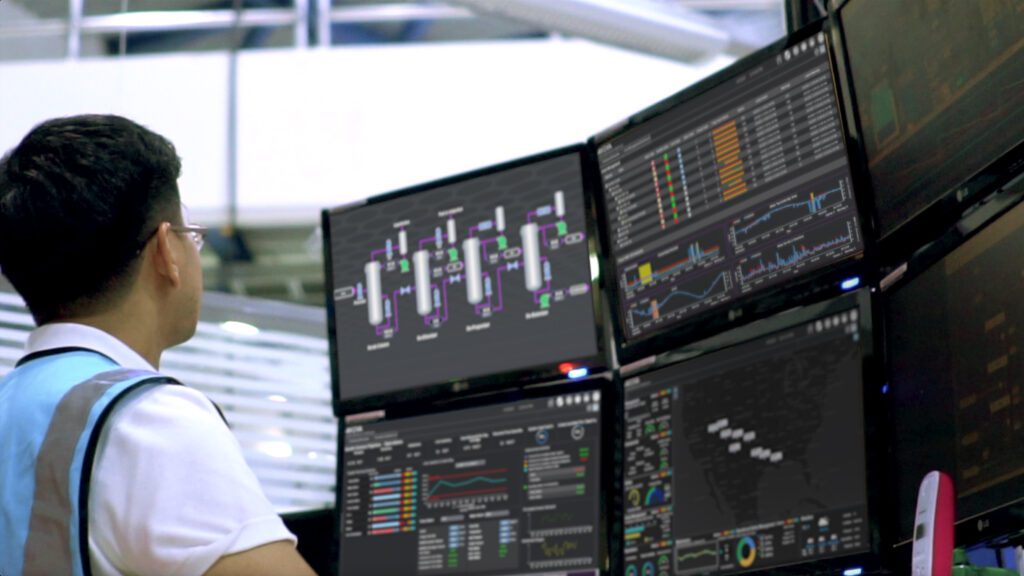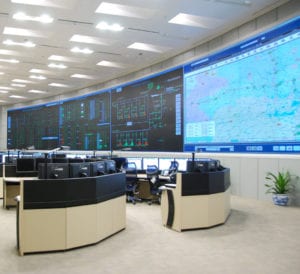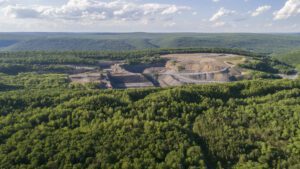
Across many Mining, Minerals, and Metals operations, process and power management functions are often separated by a lack of common communication, architectural standards, and organizational structures that are essentially detached or siloed systems sharing limited data.
Maintaining separate process and power management systems also magnifies operational complexity. Multiple systems lead to:
- Various databases
- Additional engineering tools
- Different operator stations
- More system administration and maintenance
This requires an elaborate skill set to manage an organization when skilled workers are scarce.
To achieve the goals of less downtime, improved value chain visibility, reduced CO2 emissions, and cost control, it makes good business sense to pursue integrated power and process automation since these two silos share significant duplicative functions.
Digitization opens the door to easy integration
Before the internet became a permanent feature in our lives, the IT industry struggled to develop a way to harmonize differing proprietary communication protocols to enable computer systems to talk to each other and share data.
Initially, unifying protocols proved challenging, and costly workarounds were necessary to help facilitate the flow of communications. Eventually, a tipping point was reached, and the economics of connectivity changed dramatically. Vendor and user attitudes became more open to using new programming tools, standards bodies coalesced, and communication technology innovations enabled easy connectivity and integration on a massive scale.
Today, Mining, Minerals, and Metals companies regard power and process automation management systems. While most standard protocols are open, they are not inherently interoperable, limiting organizations’ ability to harness the benefits of Industry 4.0 and the associated advancements in technology and productivity. However, digital transformation enables the convergence of the once-separate domains of power and process automation, allowing their combined power to be utilized throughout an asset’s lifecycle.
Attractive payback drives interest in integrated power and process automation
Mining, Minerals, and Metals organizations that have adopted this integrated, digitalized approach have seen up to a 20% reduction in capital expenditures while seeing up to a 15% increase in operational efficiencies, improving bottom-line profitability by 3%.
These savings are possible due to the efficiency gains accrued throughout the entire lifecycle of the power and process assets, including:
- Engineering – Multi-disciplinary software tools enable engineers to perform various mechanical, electrical, and automation design tasks better. Standard templates of proven and validated functional modules simplify engineering. Clear and well-defined interfaces ensure consistency and streamline data and model management.
- Commissioning – During this phase, various systems can quickly and seamlessly link to standardized communication protocols. Connected products automatically identify and exchange information through machine-to-machine communication across the plant and convey information to humans at the operation and management levels of the plant via dashboards.
- Operation – New digital tools make it possible to affordably integrate the worlds of power, motor controls/drives, automation systems, and safety control systems into a single decision-making environment. Managing this convergence helps ensure continuous operations by handling any unforeseen disturbance (electrical or process) in real-time.
- Maintenance –Power and process infrastructure sensor devices and remote monitoring software for cloud-based analytics enable condition-based and predictive maintenance. Maintenance planning becomes more efficient with a single source for system analysis by streamlining preservation activities through intelligent monitoring.



